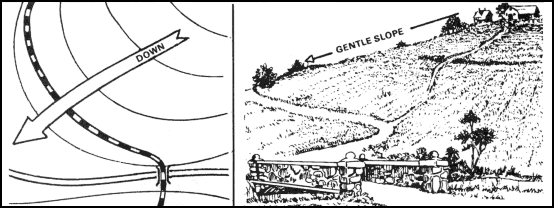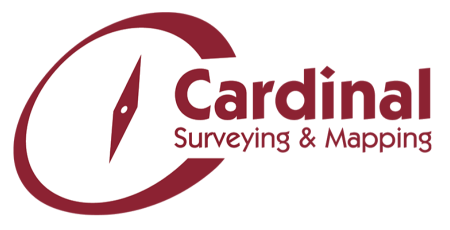When a boundary survey is prepared, we are typically just concerned with what is happening with the property on a horizontal plane. We don’t take into account the “highs and lows” or elevation change on the property.
If you want to know more information about your property, you may want to consider having a topographical survey performed which focuses on the vertical changes occurring on the property. However, since there aren’t any national standards regarding topographic surveys, you’ll need to consider exactly what it is that you want to know. Here’s a list of items that are commonly requested:
- Contour levels – The focus is on the vertical changes on the property and they are shown in a series of contours on the drawing.
- Vegetation location – You can specify the location of a certain size of tree trunk or a particular type of tree (carnivorous or deciduous), vegetation lines, etc.
- Streams or creeks – You can specify if you want the thread (center line), the thalweg (deepest part) or just the banks to be located and shown on the drawing.
- Natural occurring structures – Includes items such as peaks, valleys, hills, cliffs, etc.
- Manmade structures – Are items such as buildings, utility lines, streets, fences, retaining walls, etc.
A Topographic Survey will show the results of a 3-D world on a 2-D sheet of paper. The more data the surveyor collects, the more detailed the topographic survey drawing will be.

Information provided should not be considered legal advice and all buyers, agents and title companies should consult their attorneys for legal advice.
